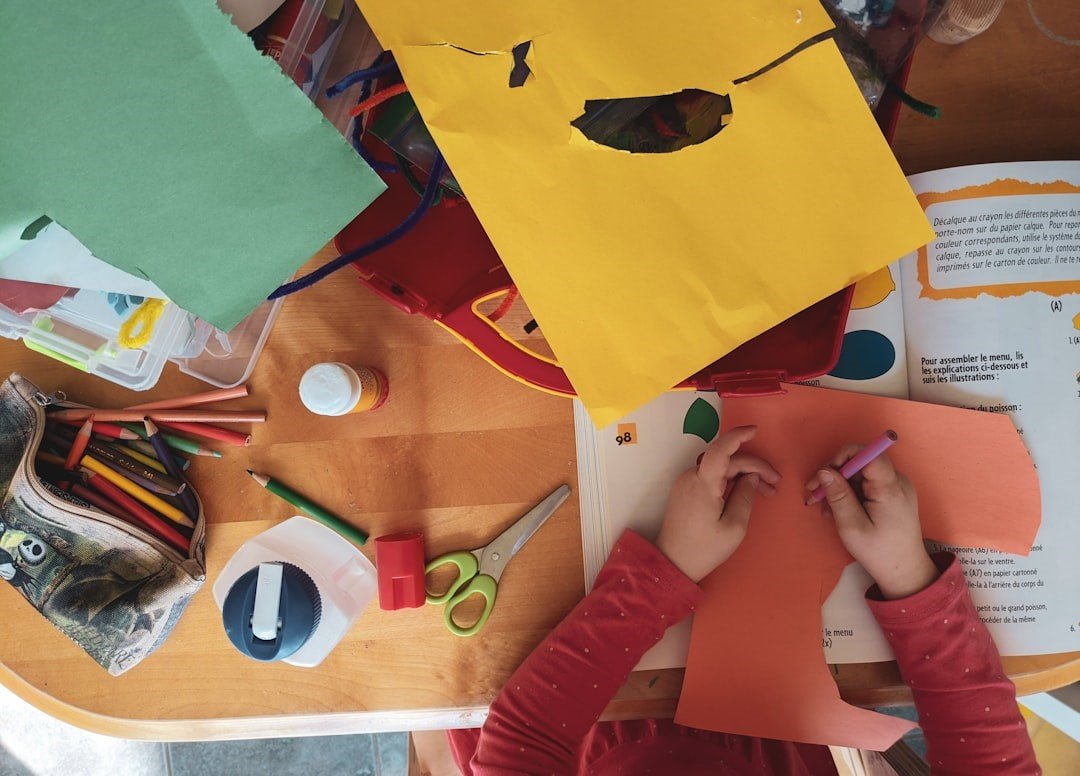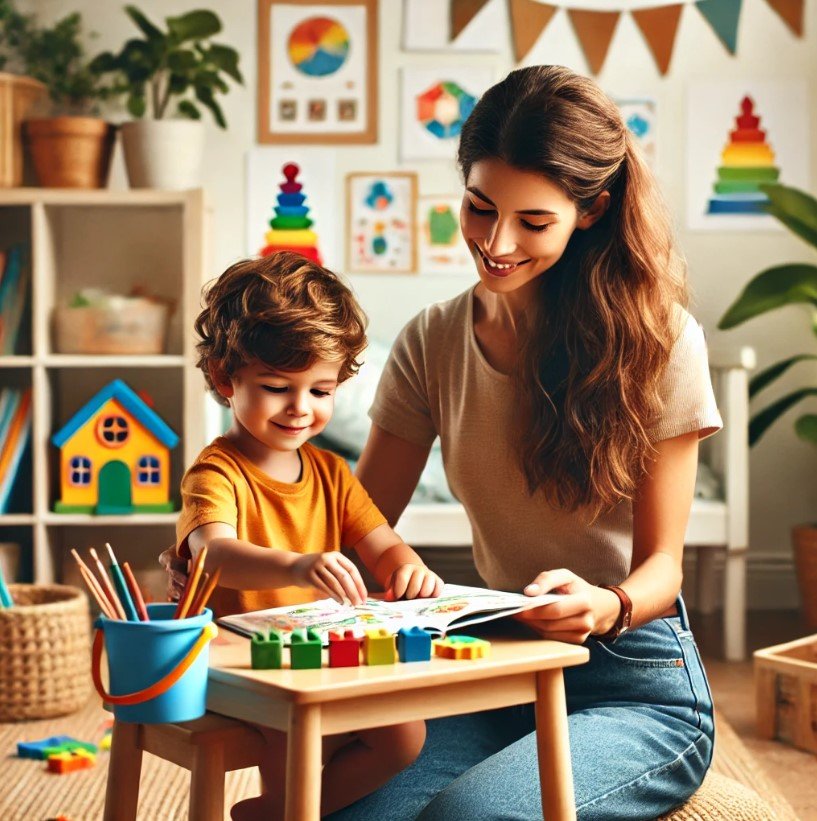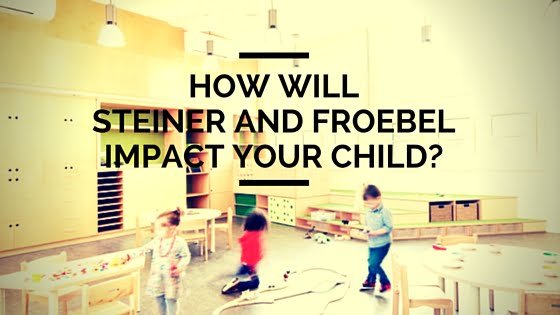From Struggling to Thriving: Using Visuals to Help Your Child Remember More
As parents, you are always looking for ways to help your children learn more effectively and retain important information.
With the fast-paced world of technology and information overload, it can be challenging to know which methods work best for your child’s learning and development.
One incredibly powerful but often underutilized tool in the learning process is visual learning. In this article, we’ll explore why combining visuals with information is essential for improving memory and retention and how you, as a parent, can use these principles to support your child’s education in fun and practical ways.
Understanding how your child processes information and using visuals to enhance that process can make a world of difference in their academic performance and ability to remember important concepts.
Let’s dive into why our brains respond so well to visual learning and how you can apply these strategies daily with your child.
The Power of Visual Learning: Why It Matters
Vision is one of our most powerful senses—it often trumps all other senses when it comes to interpreting the world around us. To illustrate this point, let’s look at an interesting experiment involving wine tasters. A group of wine experts was asked to distinguish between red wines and white wines that had been dyed red. Surprisingly, they couldn’t tell the difference! When they saw the red-colored wine, their brains automatically categorized it as red wine, even though it was actually white wine in disguise. This shows how strong our visual sense is and how it can even override other senses like taste or smell.
The same principle applies to how children learn and remember information. Our brains are naturally wired to remember images far better than spoken or written words. A fascinating study showed that participants could recall an impressive 90% of images they had seen, even after viewing 2,500 images for just 10 seconds each. Remarkably, even after a year, participants could still recall around 63% of those images. Compare that to information heard: only 10% of what is heard is remembered after three days unless it is paired with an image, which boosts recall to 65%.
This phenomenon, known as the pictorial superiority effect, explains why combining images with information can be such an effective tool for learning. As parents, understanding this can help you better support your child’s learning by using visuals to strengthen their memory.
Tips for Parents: How to Use Visual Learning with Your Children
Here are some simple, yet powerful, tips to incorporate visual learning into your child’s daily routine. These methods will make learning more engaging and help your child retain important information.
1. Use Flashcards with Pictures
Flashcards are a classic tool for memorization, but to make them more effective, use ones that have images paired with words. Whether you’re teaching your child new vocabulary words or helping them memorize multiplication tables, adding visuals to the flashcards will reinforce the information. For example, when learning new words, you can use cards that display a picture of an apple along with the word “apple.”
Photo by Kelly Sikkema on Unsplash
2. Incorporate Visual Aids During Homework
When helping your child with homework, try to use diagrams, graphs, and charts to explain concepts. For instance, if they are learning about the solar system, find or create a colorful diagram showing the planets. This visual representation will stick in their memory better than just reading a textbook. You could also use mind maps to visually organize information and show connections between different ideas.
3. Make Learning Fun with play
Encourage your child to draw or play with hands-on manipulatives such as wooden blocks, rings, circles, and colored sticks on key concepts they are learning. If your child is learning about life cycle of trees, he can draw a tree and express how trees work using hands-on manipulatives. This creative activity will not only reinforce the concept but also make learning more enjoyable.
4. Storytelling with Visuals
When teaching your child new concepts or helping them with schoolwork, try incorporating storytelling with images. Children are naturally drawn to stories, and pairing stories with images helps them remember details. You could create a storybook with simple drawings to explain historical events, scientific processes, or even math problems.
5. Use Educational Videos and Apps
There are many educational apps and videos that use animated visuals to explain complex topics in an easy-to-understand way. These resources make learning more dynamic and interactive. You can find videos on topics like math, science, or history that present information visually, making it easier for your child to absorb and retain what they’ve learned.
How Visual Learning Helped One Family
Sarah has an 8-year-old son, Ethan. Ethan struggled with math, particularly with remembering multiplication tables. No matter how much he practiced reciting them, they just wouldn’t stick. One day, Sarah decided to try a different approach. She created a large poster of a multiplication table for Ethan’s room, using bright colors and pictures of objects to represent the numbers. Each number had a corresponding image—three apples for 3, six balloons for 6, and so on.
Instead of just repeating the numbers out loud, Ethan would look at the colorful images while saying the numbers. Within a few days, Ethan started to remember the multiplication facts much faster and with less frustration. The visuals made the numbers more tangible for him, and seeing the poster every day in his room further reinforced the information. This simple change in how the information was presented made a huge difference in his ability to retain the facts.
Make Visual Learning a Daily Habit
Incorporating visual learning into your child’s daily routine doesn’t have to be complicated. By adding images, diagrams, and visual aids to your child’s learning process, you can significantly boost their ability to remember important information. Our brains are naturally wired to respond to visuals, so it’s no surprise that children find learning more enjoyable and effective when they can see what they are learning.
As parents, you have the unique opportunity to shape your child’s learning experience. Try using the practical tips above to make visual learning a regular part of their educational journey. You’ll not only help them succeed academically, but you’ll also foster a love of learning that will last a lifetime.













LEAVE A COMMENT